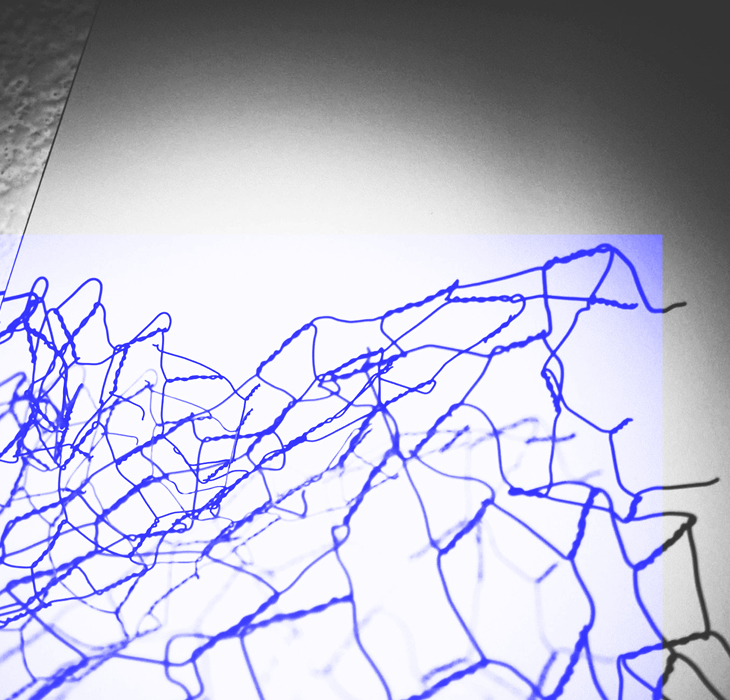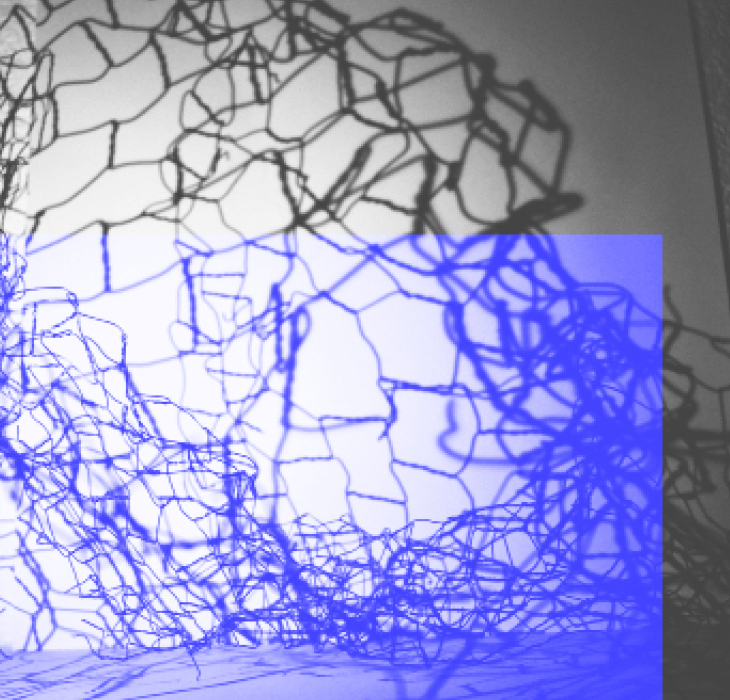Un acercamiento al área de 17, Instituto que estudia el estilo-moda-vestimenta desde la teoría crítica, como método que se pregunta por la construcción cultural del cuerpo vestido como territorio de agenciamiento y entrecruzamientos culturales, económicos, sociales, políticos e históricos. Natalia Yáñez habla de la relación entre la vestimenta y las luchas sociales. Mary Luz Estupiñán, de la tradición y uso del tejido en la región andina. Y Jeannine Diego sobre el área de Estudios Sartoriales, de su investigación en México y en Cuba, y de sus proyectos de cine documental.






